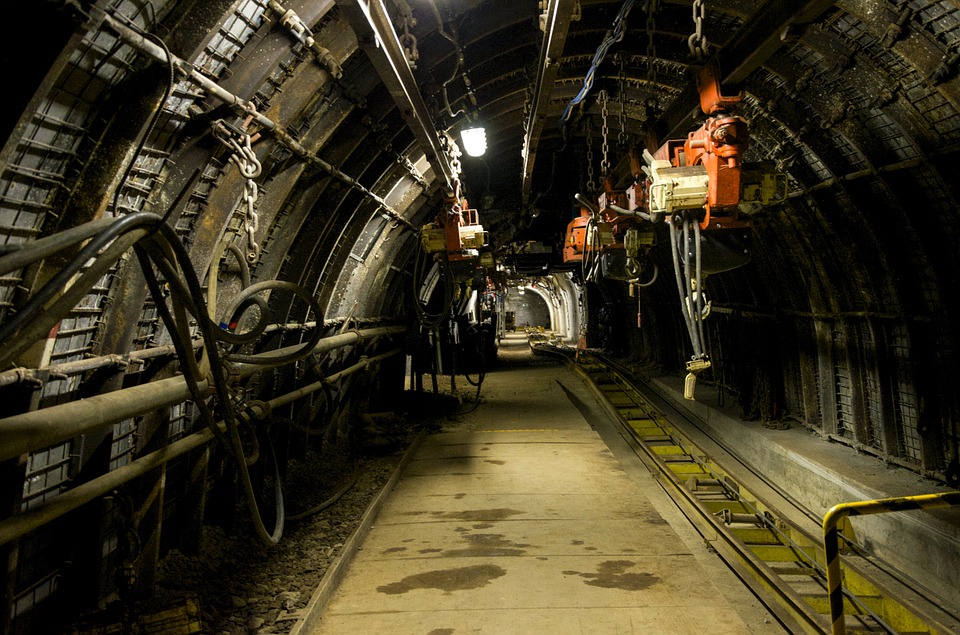
Underground infrastructure is crucial to today’s urban landscape, and many construction companies involved in these projects find steady demand in new builds and maintenance work. Technology is also a critical factor in ensuring that these underground facilities provide reliable service to urban residents. The three main categories of underground infrastructure are:
- Conduits for utilities such as electricity, gas, water, and telecommunications
- Building foundations
- Structures used for transportation such as subways and tunnels used for a variety of applications
While there are many changes in technology happening throughout the industry, the two most notable advancements include the development of new materials and using digital technology such as sensors and robots to aid in the operation, construction, and maintenance.
A closer look at underground utilities
Most cities have a vast underground network of pipes used to supply residents with water, electricity, gas, and other services. Installing these pipes underground has many notable advantages. For instance, underground pipes contribute to the improved appearance of cities. However, these systems will eventually decay and require repairs.
Unfortunately, digging open pits to replace broken lines is not always a good idea when the site is in an urban area. This requires a few pieces of technology to minimise the impact of the repair on residents. For starters ground penetrating radar services are needed to locate the piping and target where the break is. As a result, utility providers rely on directional drilling companies to provide the necessary technology and equipment to address these problems.
Another innovation is the development of new materials used in manufacturing pipes and conduits for the utility industry. These pipes are meant to be more robust and last longer than other types of pipe construction. But perhaps the challenge is not the availability of new technologies which will strengthen underground infrastructure. The concern is for utility providers to have adequate funding to replace all damaged and old underground pipelines.
New techniques in tunnelling
Tunnels are essential in building useful underground infrastructure for the transport and utility industry. The two current trends in tunnelling include:
- Increased tunnel size and diameter
- New machines used in tunnelling create minimal damage to existing infrastructure above the ground.
The development of new techniques and equipment is vital because the damage caused by tunnelling is one of the reasons why some cities cannot benefit from underground transport facilities. Sophisticated tunnelling machines used today can dig through rock and sand while at the same time keeping the integrity of surrounding structures.
These new machines are providing the opportunity for cities around the world to look into the feasibility of underground transportation.
Conclusion
Much has changed since underground infrastructure became pivotal in the development of modern cities. While age-old techniques such as trenching remain feasible and practical, contractors today are eager to adapt and use new technology to improve the integrity of the resulting structure.
There is no doubt that underground facilities will continue to shape the future. And with this comes the consistent demand for improved techniques, better materials, and new engineering methods. All these will not only enhance what has already been built but bring new opportunities for all sectors that benefit from underground infrastructure, whether it is transport, sewage, water, electricity, or the telecommunications industry.
To read more on topics like this, check out the technology category.

 Ways to Make Shopping for a New Watch More Manageable
Ways to Make Shopping for a New Watch More Manageable